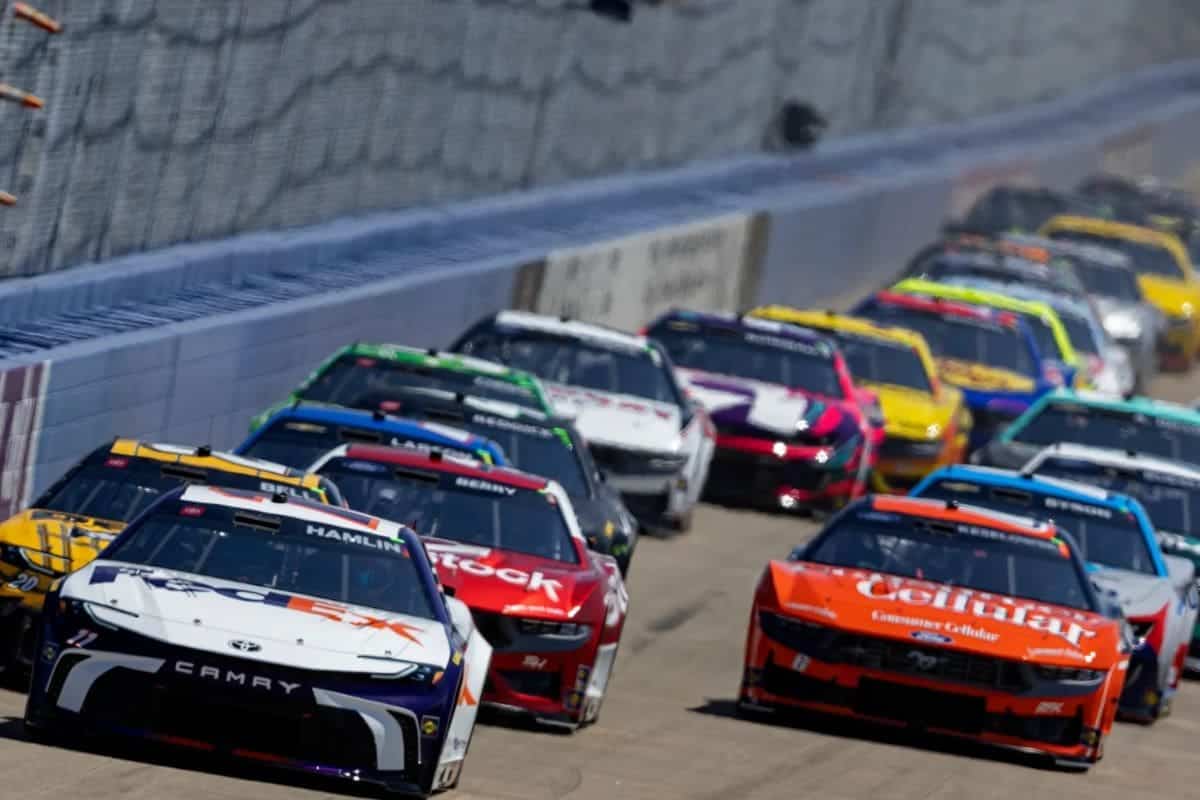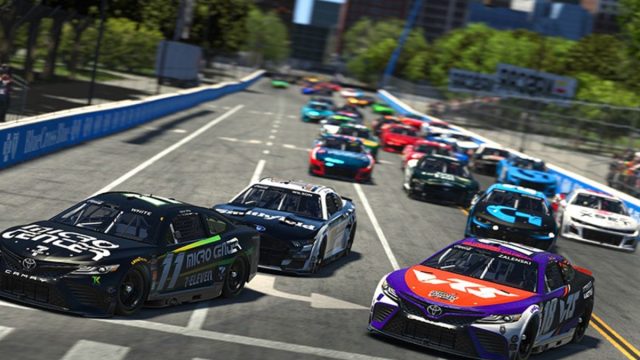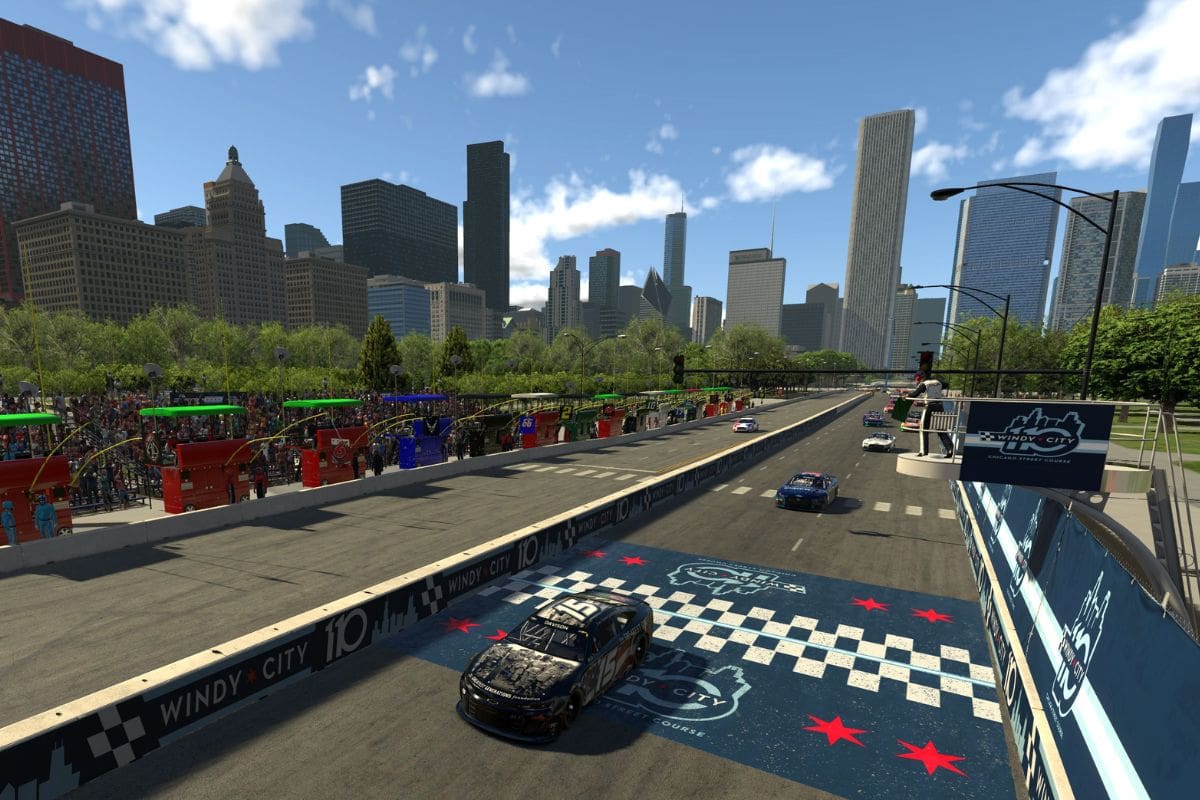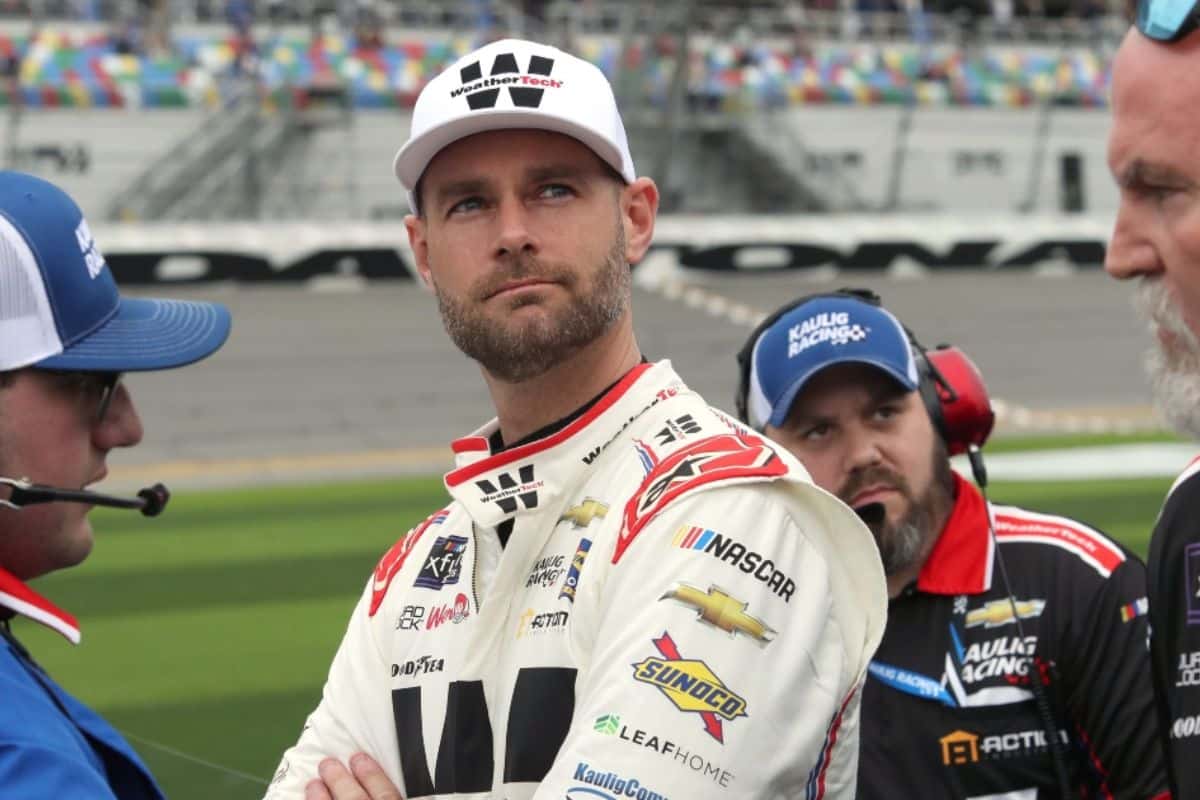Chicago Street Course Preview: The Chicago Street Race is assured to test even the most seasoned drivers, with Shane van Gisbergen’s first victory casting a long shadow over this year’s event. The street circuit, notorious for its 12 tight turns and unforgiving concrete barriers, requires exceptional precision and mental fortitude. As competitors prepare, the hazards of the urban layout present a unique challenge, demanding skill and strategy. Van Gisbergen’s proven expertise on similar tracks sets him apart, but can he navigate the intricate dynamics of the Chicago Street Course once more?
Key Highlights
- Shane van Gisbergen’s victory in the first race sets high expectations for his performance.
- The 2.2-mile course features 12 sharp turns and narrow pathways, demanding precise handling.
- Concrete barriers and rough braking zones increase tension and require driver finesse.
- Street circuit’s irregular surfaces test car suspensions and driver adaptability.
- Overtaking is challenging, emphasizing the importance of race craft and strategic proficiency.
Introduction to the Chicago Street Course
The Chicago Street Race, introduced last year as a new challenge for NASCAR Cup Series drivers, has quickly established itself as a demanding and intriguing extension to the racing calendar. This street-circuit spectacle has brought a fresh dynamic to the series, comparing the high-speed, controlled chaos of traditional NASCAR tracks with the unpredictable, tight confines of urban streets.
The shift from oval tracks to a street course demanded a reassessment of strategy and skill, testing the adaptability of drivers and teams equally.
Last year’s inaugural race highlighted two critical insights for the competitors: the intrinsic complexity of street-circuit racing and the impressive skills of Shane van Gisbergen. SVG not only navigated the course with finesse but also emerged victorious, making a significant impact on the NASCAR landscape. His performance emphasized the necessity for precision, bravery, and a keen understanding of the unique challenges posed by such circuits.
As the Cup Series drivers prepare for the Grant Park 165, scheduled for Sunday at 4:30 p.m. ET, there is a sense of anticipation and readiness. The majority of the field, having gained valuable experience from last year’s event, approach this year’s race with a blend of caution and confidence. The street-circuit discipline, still relatively new for many, promises to deliver an exhilarating combination of strategy and spectacle.

Challenges of Racing on Chicago Street Course
Finding one’s way around the Chicago Street Course presents many formidable challenges that test the mettle of even the most seasoned NASCAR drivers. With 12 intricate turns through the city’s iconic landscape, each corner harbors its own set of dangers. Trackhouse Racing’s Ross Chastain humorously exaggerated the difficulty by remarking, “How many turns are there … 20? Then 20 of them,” highlighting the treacherous nature of the circuit.
The subtleties of this street course are not just about sharp turns but also about the concrete barriers that line the track, leaving no room for mistakes. Chastain’s reflection on his discomfort from last year reveals the mental strain placed on drivers.
“I swear, I didn’t have a comfortable corner there last year. I just couldn’t get comfortable … like I wasn’t right off the bat, and it never came throughout the race. So yeah, looking for a lot more there and just being comfortable with it. I’ve had a year to wrap my head around what that was like; those concrete cannons between the walls. Yeah, all were difficult.” – (Chastain)
Circuit Design and Racing Conditions
Mastering the complexities of the Chicago Street Course not only demands exceptional driving skills but also an in-depth understanding of the circuit’s layout and the unique racing conditions it presents. The 2.2-mile course, carefully planned out around Chicago’s iconic landmarks and bustling thoroughfares, presents a challenging obstacle course thanks to its tight confines lined with barriers and tire packs.
One of the most significant challenges posed by the Chicago Street Course is its surface. The streets, typically exposed to heavy urban traffic, are filled with bumps and irregularities that test the car’s suspension and the driver’s control. Driving these bumps at high speed requires a delicate balance of aggression and caution. Drivers must be skilled at managing their vehicle dynamics to maintain peak performance while handling these unpredictable surfaces.
Furthermore, the circuit’s layout demands a high level of adaptability. The narrow pathways and sharp turns require careful planning and quick decision-making. Each turn must be approached with a clear strategy in mind, considering the car’s setup, tire wear, and track conditions. The urban setting also brings in variable factors such as changes in grip levels due to weather conditions and debris on the track, adding complexity to the race strategy.
Driver Insights and Challenges
Drivers racing the Chicago Street Course face a multitude of challenges that test their skill, precision, and adaptability in unprecedented ways. The circuit’s layout itself poses a formidable test, with its narrow stretches and varying width demanding acute spatial awareness and impeccable vehicle control.
“Headache in a bottle. I mean, it’s just a tough one — lots of bumps, a very risky feeling. A lot of it’s just walls everywhere. There’s no runoff. So you overshoot a corner, as bumpy as it is, you lock up a tire, you slide, there’s no runoff, right?” – (Joey logano)
Chase Briscoe, a seasoned Ford driver, represents this challenge, noting the difference in track width and the intricate balance required to navigate these adjustments seamlessly.
“It’s just super narrow. I say it’s narrow — it’s narrow for a lot of places we go, but for a street course, I thought it was honestly probably pretty wide. I just remember it being tighter in some areas than others. It was rough, really rough into some braking zones and just really unique. For a street course, you don’t think of having elevation but you come over that bridge a couple of times and the downhill braking, it’s just a hard place to pass, but it was really well done, I thought. It’s a track where you don’t get any break.” – (Briscoe)
One of the most challenging aspects of the Chicago Street Course is its rough braking zones. The uneven road surfaces can unsettle even the most finely-tuned race cars, requiring a heightened level of finesse and precision from drivers as they decelerate.
The downhill braking, particularly when approaching the bridge, adds complexity. This dynamic not only tests the mechanical resilience of the vehicles but also the mental sharpness and reflexes of the drivers, as they must adapt their braking techniques to maintain control.
Moreover, the track’s tight configuration makes overtaking exceptionally challenging. Drivers must exercise strategic patience, waiting for the rare opportunity to pass without compromising their own position. This tactical aspect of racing on the Chicago Street Course highlights the importance of race craft and situational awareness.
Last year, many drivers said the most technical part of the course was Turns 3, 4, and 5, which are closest to Lake Michigan. The fast, gentle curve of DuSable Lake Shore Drive leads into the tighter turns at Roosevelt and then Columbus, before heading back to the course’s center.
“It’s the largest bumps, high-speed area, and the tightest and most unforgiving wall and maybe I say that because I crashed there twice last year on Saturday, but definitely a big risk/reward section. Street-course racing is all about risk/reward — a lot of reward for being able to maximize the width of the race track, but obviously, that comes with a lot of risk when you’re dealing with concrete walls.” – (Austin Cindric)
Shane van Gisbergen’s Impact and Expectations
Shane van Gisbergen’s extraordinary debut victory in the Cup Series last year has set high expectations for his performance in the upcoming Chicago Street Course race, prompting analysis of his potential impact on this challenging track.
Van Gisbergen, a road-racing ace and three-time champion in the Repco Supercars Championship, displayed a masterful handling of the intricate ‘mouse-maze’ barriers, showing his adeptness at navigating complex circuits.
His victory in Windy City last July in the Trackhouse Project 91 entry was not only a testament to his driving skills but also a crucial moment that catapulted him to instant recognition within the stock-car racing community.
The victory changed his racing career, leading Trackhouse to sign him for a NASCAR season in the U.S. with Kaulig Racing. In his rookie Xfinity Series season, he has already won twice and will make his fourth Cup Series start of the year on Sunday in Chicago, driving the Kaulig No. 16 Chevy. Chastain is trying to get more comfortable with the Chicago streets, and he benefits from tips shared by van Gisbergen through their Trackhouse connection.
“There’s just so much data we can look at, so I can learn just as much hearing from him as I can looking through his stuff, how he made speed compared to me. And it’s confidence, a lot of it is confidence. It’s intentionally placing the car where he wanted to place it, and I was trying to place it kind of between the walls and he was placing it at the wall, maximizing left and right. Easy to say it, but really hard to do it.” – (Chastain)
Last year, the task became even more dangerous when the skies cleared after heavy race-day rain. Van Gisbergen thrived in the wet conditions left by the rainstorm, using his skilled heel-toe footwork on the pedals to gain an advantage in his battle with runner-up Justin Haley. This earned him praise from Logano when asked if Chicago’s unique challenge was enjoyable.
“Kind of, if you’re Shane. Everyone else in the field might not agree. I mean, it just fell right into his wheelhouse really, really well. And he’s just really good at clipping the corners right at the edge. I mean, he didn’t leave any room for error, and he can hit it really well.” – (Logano)
News in Brief: Chicago Street Course Preview
The Chicago Street Race presents a formidable challenge, characterized by its 12 sharp bends, close proximity to concrete barriers, and the constant mental strain on drivers.
Shane van Gisbergen’s prior accomplishments and expertise on comparable tracks heighten anticipation for his performance. His skill in driving such demanding circuits adds excitement and competitiveness to the event, highlighting the risks and the talent required to excel on the intricate Chicago Street Course.
Our Reader’s Queries
Q. How long is the Chicago Street Course?
A. The 2.2-mile course winding through downtown streets remains unchanged from last year.
Q. What is the route of the NASCAR Chicago Street Race?
A. Similar to 2023, the 12-turn race will be held on segments of streets surrounding and adjacent to Grant Park. These include Columbus Drive, Jackson Boulevard, Michigan Avenue, Roosevelt Road, Balbo Drive, and DuSable Lake Shore Drive.
ALSO READ: NASCAR Returns to Chicago in 2024: Chicago Street Course Unveiled


